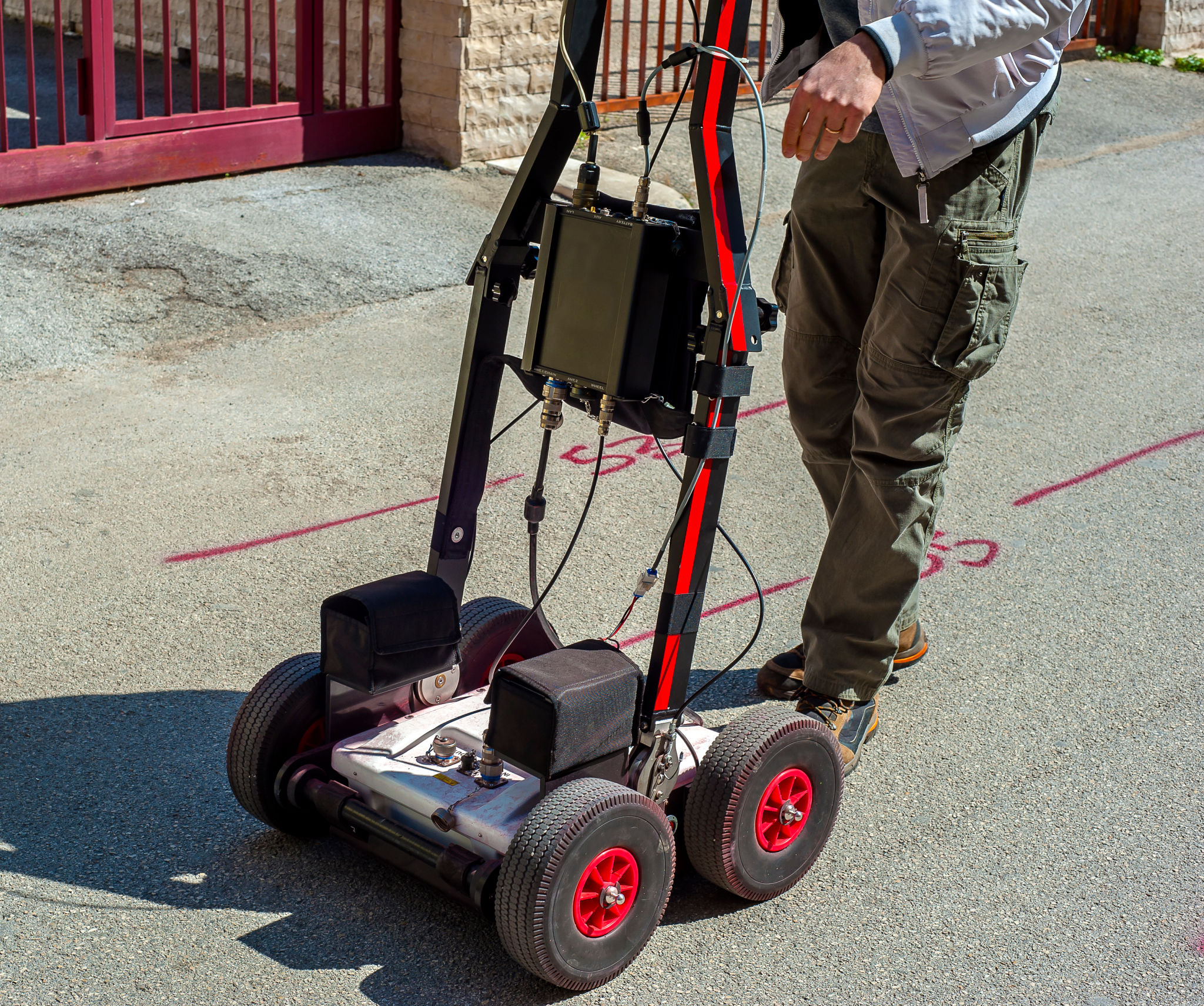Comprehensive Guide to GPR Scanning Services: Why It's Essential for Safe Excavation
Understanding GPR Scanning Services
Ground Penetrating Radar (GPR) scanning services have become an integral part of modern construction and excavation projects. Employing this advanced technology ensures that underground utilities, structures, and potential hazards are accurately identified before any digging begins. This not only enhances the safety of the excavation site but also helps in preserving existing underground infrastructures.
GPR works by emitting radio waves into the ground, which reflect back when they hit different subsurface objects or materials. These reflections are then captured and interpreted to create a comprehensive map of the underground environment. The non-intrusive nature of GPR makes it a preferred choice over traditional excavation methods.

Why GPR is Essential for Safe Excavation
Excavation projects inherently carry risks due to the uncertainty of what lies beneath the surface. By using GPR scanning services, project managers can significantly reduce these risks. Identifying the location of utilities such as gas lines, water pipes, and electrical conduits is crucial to avoid accidental damage during digging.
Moreover, GPR can detect voids or unstable ground conditions, which could pose serious threats to the stability of a construction site. Ensuring that these potential hazards are recognized early in the planning phase can prevent costly project delays and safety incidents.

Applications of GPR Scanning
The versatility of GPR scanning technology makes it suitable for a wide array of applications beyond just excavation. It is commonly used in archaeological surveys to uncover historical artifacts without disturbing the site. Additionally, GPR is employed in environmental studies to detect contamination plumes or monitor groundwater levels.
In the realm of civil engineering, GPR assists in assessing the condition of roads and bridges by detecting voids or delaminations within their structures. This data is invaluable for maintenance planning and ensuring infrastructure safety.

Advantages of Using GPR Scanning Services
There are numerous advantages to incorporating GPR scanning into your project management toolkit. One of the primary benefits is the ability to gather accurate subsurface data without causing any damage to the ground. This non-destructive testing method saves time and resources compared to traditional excavation techniques.
Additionally, GPR provides immediate results, allowing for real-time decision-making on-site. This can be particularly advantageous in projects with tight schedules where every minute counts. The technology is also highly adaptable, functioning effectively across various ground conditions, from concrete to soil.

Choosing the Right GPR Scanning Service Provider
When selecting a GPR scanning service provider, it's vital to consider their experience and expertise in handling similar projects. Look for providers with a proven track record and positive client testimonials. They should also utilize state-of-the-art equipment and have a team of skilled technicians capable of accurate data interpretation.
Furthermore, a reliable provider will offer comprehensive reports that outline their findings with visualizations and actionable insights. This information is crucial for planning safe and effective excavation strategies.
Conclusion
Incorporating GPR scanning services into your excavation projects is not just an option but a necessity for ensuring safety and efficiency. By accurately mapping underground features and potential hazards, GPR technology helps prevent costly mistakes and enhances project outcomes.
Investing in a reputable GPR service provider can provide peace of mind, knowing that you are equipped with the best possible data to guide your excavation efforts. Embrace this innovative technology to pave the way for safer and more successful construction endeavors.
